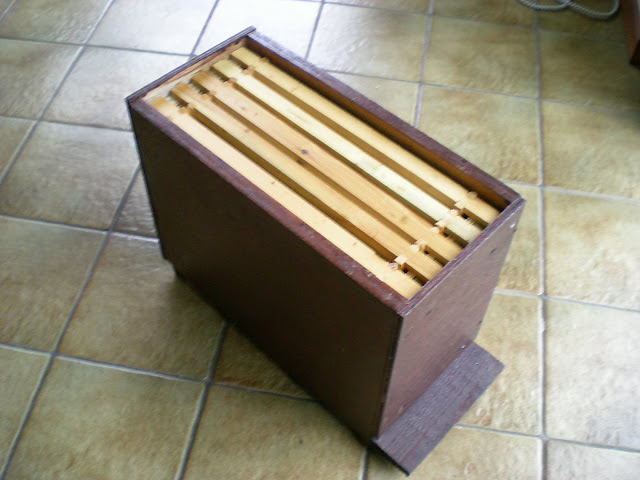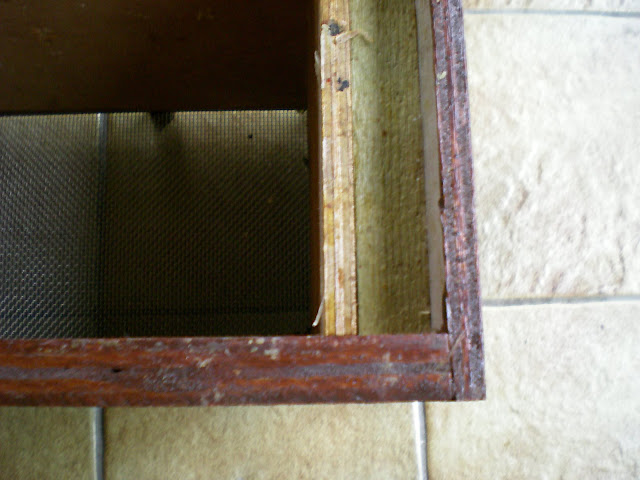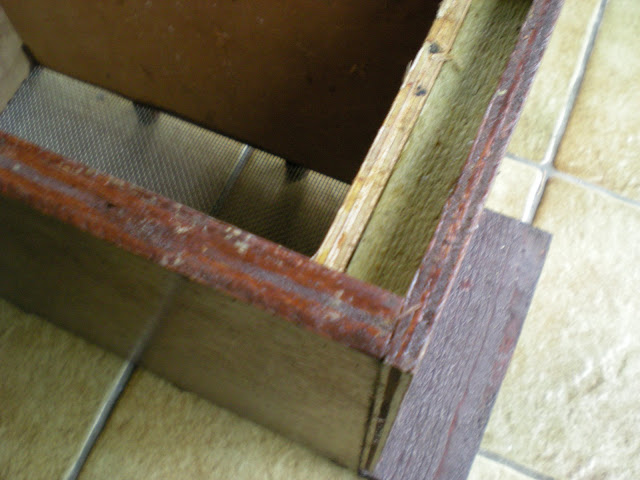artibaton
House Bee
- Joined
- Dec 8, 2008
- Messages
- 142
- Reaction score
- 1
- Location
- berkshire
- Hive Type
- Langstroth
- Number of Hives
- 06
i have built myself a langstroth recently, and am considering building another with a couple of modifications i would be grateful for any comments or suggestions.
looking at national i noted the two double walls and want to incorporate that into the build, but then i thought.....if insulation is a bee issue why not put some of the soundproofing and heat trapping underlay they use beneath laminate floors between 2 sheets of 10mm wbp
also im wondering if a small difference in the exterior dimensions of each box on a hive would give you an advantage when seperating the elements of the hive. creating a lip to put your hive tool into, or maybe a little arras on each edge
any ideas or suggestions welcome
looking at national i noted the two double walls and want to incorporate that into the build, but then i thought.....if insulation is a bee issue why not put some of the soundproofing and heat trapping underlay they use beneath laminate floors between 2 sheets of 10mm wbp
also im wondering if a small difference in the exterior dimensions of each box on a hive would give you an advantage when seperating the elements of the hive. creating a lip to put your hive tool into, or maybe a little arras on each edge
any ideas or suggestions welcome




















































